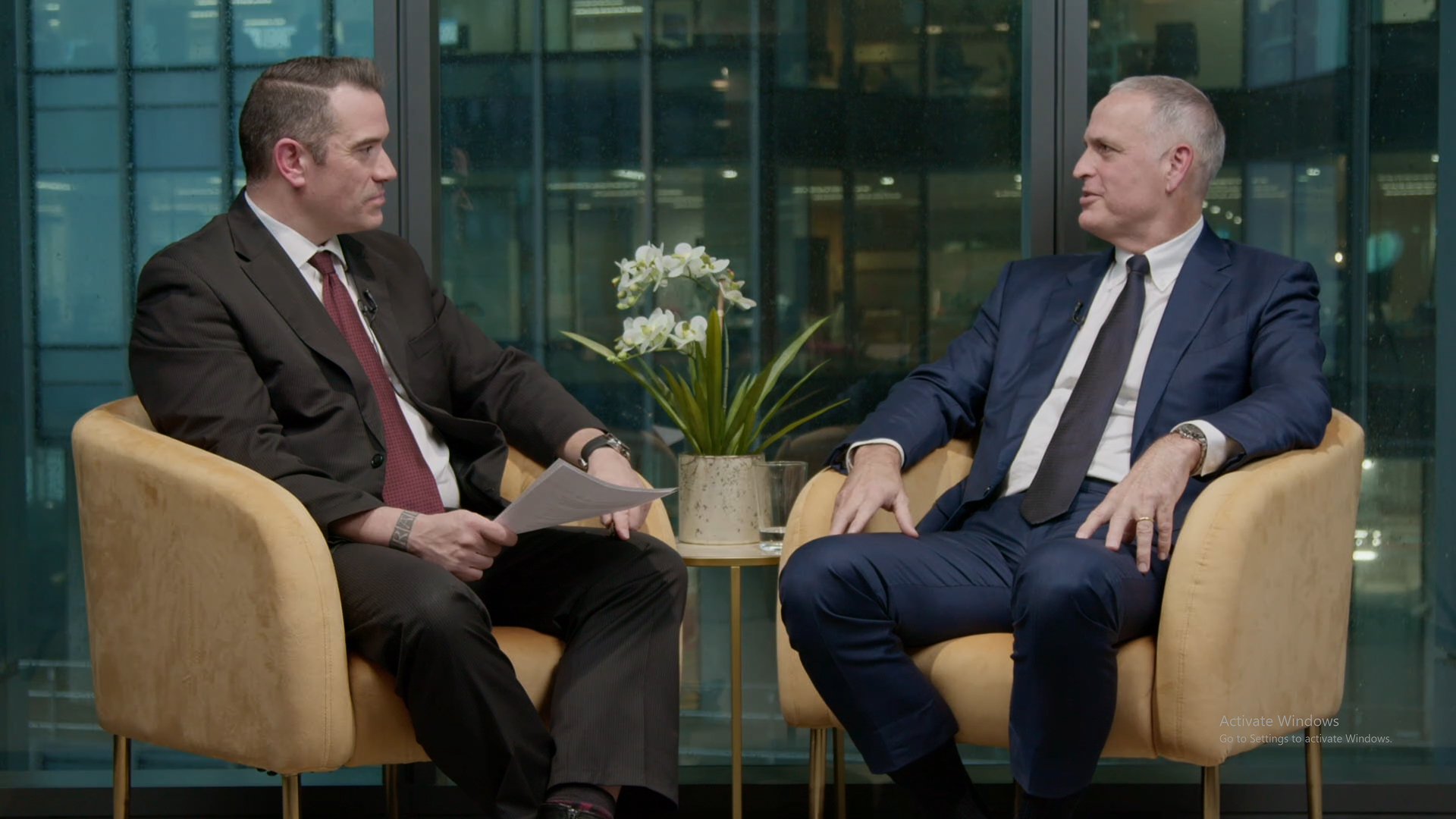The hidden $2 trillion market delivering strong, stable income
Australia’s residential mortgage-backed securities (RMBS) market has quietly grown into a $2 trillion behemoth. But despite its size and resilience, it remains overlooked by many income investors.
Ashley Burtenshaw, Co-Portfolio Manager at Gryphon Capital Investments, a Barings company, says this oversight creates opportunity.
In this Q&A as part of Livewire’s 2025 Income Series, he explains how a data-driven edge, decades of market insights, and a laser focus on risk management are helping Gryphon deliver compelling income returns.
“RMBS bonds have never defaulted in the history of the Australian market – and that goes back more than 30 years,” Burtenshaw notes.
It starts with the data
Gryphon’s approach is rooted in what Burtenshaw calls their “knowledge advantage” – a proprietary loan-level database dating back 15 years.
“We’ve seen everything,” he says.
“European bank crises, the housing boom and bust, Covid, the royal commission. It’s all in there.”
Today, Gryphon actively tracks around 205,000 residential loans and over 100,000 consumer loans, capturing up to 40 data points per loan. That’s more than 10 million data points updated monthly.
“We’re focused on predictability,” Burtenshaw says.
“Things like loan seasoning, mortgage rates, and loan-to-value ratios tell us a lot about a borrower’s ability and willingness to repay.”
This granularity allows the team to identify high-risk loans (like large loans in remote towns) and steer clear of troubled spots before they affect performance.

What the data says about mortgage stress
With interest rates rising, many investors worry that higher defaults are on the horizon. Burtenshaw pushes back on that narrative.
“Small loans, small problems. Big loans, big problems,” he says.
According to Gryphon’s data, some performance erosion did occur among borrowers with larger loans during the 2023-24 rate peak. But even then, most found ways to stay current, often working with lenders or re-budgeting.
What made a bigger difference, he says, was the mid-2024 combination of wage growth and tax cuts. Many borrowers used the extra income to catch up on payments.
“Ultimately, it’s all in the data. We’re not guessing, we’re measuring," he says.
Why BLIS is different
Burtenshaw also discusses the Barings Liquidity Investment Strategy (BLIS), a new fund managed by Gryphon Capital Investments, a Barings company.
The idea behind BLIS is simple: seek out return potential that could compensate investors for taking small amount of liquidity risk. Unlike GCI (Gryphon Capital Income Trust – ASX: GCI), which is a return-seeking strategy, BLIS focuses on high-quality, short-duration RMBS with limited mark-to-market volatility and strong liquidity characteristics.
“We’re overcompensated for the liquidity risk,” Burtenshaw explains. “That’s the core of the BLIS opportunity.”
While both funds benefit from the team’s data-driven approach, BLIS is designed to play a more defensive role in client portfolios, focusing on capital preservation, income stability, and consistent liquidity.
How Gryphon builds resilient portfolios
Constructing a resilient portfolio starts with assigning a probability of default, which is strongly influenced by how long a borrower has been paying (“loan seasoning”) and their mortgage rate.
A higher rate usually indicates a higher-risk borrower. But Gryphon doesn’t stop there. It looks at original, current, and indexed loan-to-value ratios, as well as the location of the security.
Certain postcodes are flagged as higher risk, especially high-density areas or single-industry towns. By avoiding these, Gryphon aims to reduce both default probability and loss severity.
“We want to know: where is this loan? What’s the asset quality? What happens if things go wrong?” Burtenshaw says.
What April told us about the market
April 2025 was a case study in market dislocation and opportunity.
In the early part of the month, liquidity dried up in secondary markets and bid-offer spreads widened. But as global volatility subsided, spreads tightened, and confidence returned.
“It was a healing process,” Burtenshaw says. “That gave us conviction to deploy capital.”
BLIS took advantage, putting cash to work in both secondary and primary markets. Meanwhile, bank credit spreads had already tightened significantly – creating a relative value opportunity in RMBS.
Why Gryphon still sees value in RMBS
One of the biggest advantages of RMBS, according to Burtenshaw, is relative value.
For example, a double-A-rated RMBS bond might trade at a yield premium over a similarly rated bank credit. But thanks to Gryphon’s data, the team can identify bonds with characteristics more akin to triple-A, while still priced like a lower-rated security.
“We know the bonds. We know the borrowers. We can see the real risk,” he says.
That insight, paired with the market’s complexity and lack of transparency, creates inefficiencies and opportunities for active managers.
Active vs passive: Why downside capture matters
Burtenshaw is the first to admit it’s hard for active managers to consistently beat passive benchmarks in upside markets. But where active management earns its stripes, he argues, is in protecting capital in downside markets.
“If you capture 100% of the downside, you’re a dead man walking,” he says.
By focusing on downside protection, Gryphon believes it can offer a more resilient income stream. And a smoother ride for investors.

4 topics
1 stock mentioned
1 fund mentioned
1 contributor mentioned


